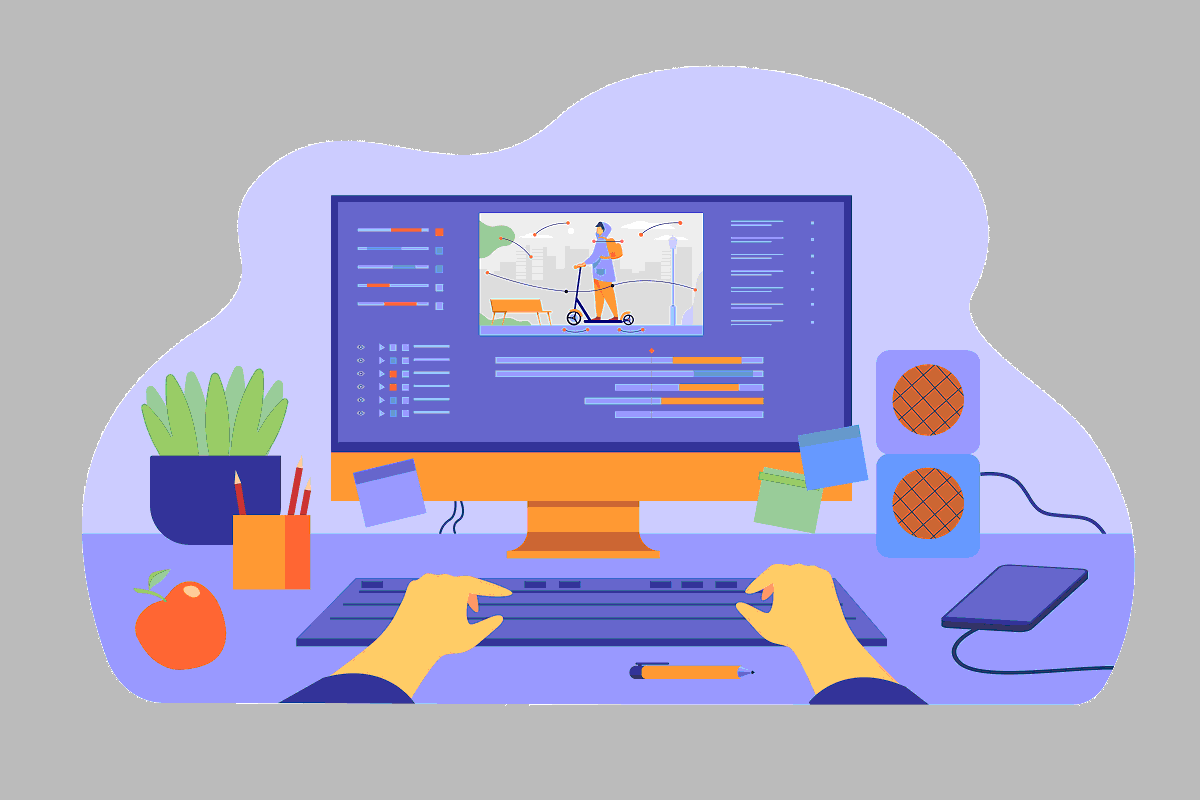
Computer-assisted language learning (CALL) is an innovative and effective way to enhance language education. With the advancements in technology, CALL has become an increasingly popular tool for language teachers and educators. However, despite its potential benefits, the implementation of CALL in language education is not without challenges and barriers. This article aims to inform language teachers and educators about the challenges and barriers to implementing computer-assisted language learning and to provide strategies for overcoming these challenges to successfully integrate technology into language education.
Overview of Computer-Assisted Language Learning (CALL)
Computer-assisted language learning (CALL) refers to the use of technology in language education. This technology-enhanced approach to language education offers a wide range of benefits, including increased engagement, improved learning outcomes, and enhanced accessibility. CALL can take many forms, including online language courses, language learning software, and virtual reality environments.
Types of Barriers to the Implementation of CALL
The implementation of CALL in language education is not without its challenges and barriers. There are three main types of barriers to the implementation of CALL: technological, pedagogical, and socio-cultural.
Technological Barriers
Technological barriers to the implementation of CALL include access to hardware and software and technical support. This can be a significant challenge, especially in schools and universities with limited resources. In addition, the cost of purchasing or upgrading hardware and software can also be a barrier to implementation.
Pedagogical Barriers
Pedagogical barriers to the implementation of CALL include a lack of teacher training and limited integration with existing curriculum. Teachers may not be familiar with the technology or may not know how to effectively integrate it into their teaching practice. In addition, the limited integration of CALL with existing curriculum can be a barrier to its successful implementation.
Socio-Cultural Barriers
Socio-cultural barriers to the implementation of CALL include a lack of motivation and cultural resistance to technology in education. Language learners may be reluctant to use technology in their language education, and there may be cultural resistance to the use of technology in education more broadly.
Strategies to Overcome These Barriers
Despite the challenges and barriers to the implementation of CALL, there are strategies that can be used to overcome them. These strategies include providing teacher training and incorporating CALL into lesson plans.
Teacher Training
One of the most effective strategies for overcoming the pedagogical barriers to the implementation of CALL is to provide teacher training. This can help teachers become familiar with the technology and learn how to effectively integrate it into their teaching practice. In addition, ongoing professional development can help teachers stay up-to-date with the latest developments in CALL.
Incorporating CALL into Lesson Plans
Incorporating CALL into lesson plans can help overcome the limited integration of CALL with existing curriculum. By including CALL as a key component of language education, teachers can effectively integrate it into their teaching practice and make the most of its benefits.
Quote, Statistics, Case Studies, Examples
"The use of technology in language education has the potential to revolutionize the way we teach and learn languages." - Dr. Sarah Jackson, Director of the Center for Technology and Language Education
Statistics show that the use of technology in language education is increasing. According to a recent survey, over 75% of schools and universities have incorporated CALL into their curriculum.
Case studies of successful implementations of computer-assisted language learning show the strategies used to overcome the barriers to implementation. For example, one school in Spain successfully implemented CALL by providing teacher training and incorporating CALL into lesson plans. As a result, students' language proficiency improved, and the teachers reported an increased level of engagement and motivation among the students.
Another example is the use of virtual reality environments in language education. In a study conducted at a university in Japan, students were able to immerse themselves in virtual environments where they could practice speaking and listening skills with native speakers. The results showed that students who used the virtual reality environment improved their language proficiency faster than those who did not.
Conclusion
In conclusion, the integration of computer-assisted language learning into language education has the potential to greatly enhance language learning outcomes. However, there are several barriers to its implementation, such as access to hardware and software, lack of teacher training, and cultural resistance to technology in education. To overcome these challenges, it is important to provide teacher training, incorporate CALL into lesson plans, and find innovative solutions such as virtual reality environments to make language learning more engaging and effective. By doing so, we can ensure that language education remains at the forefront of technology and innovation, providing students with the skills and knowledge they need to succeed in a rapidly changing world.
Computer




